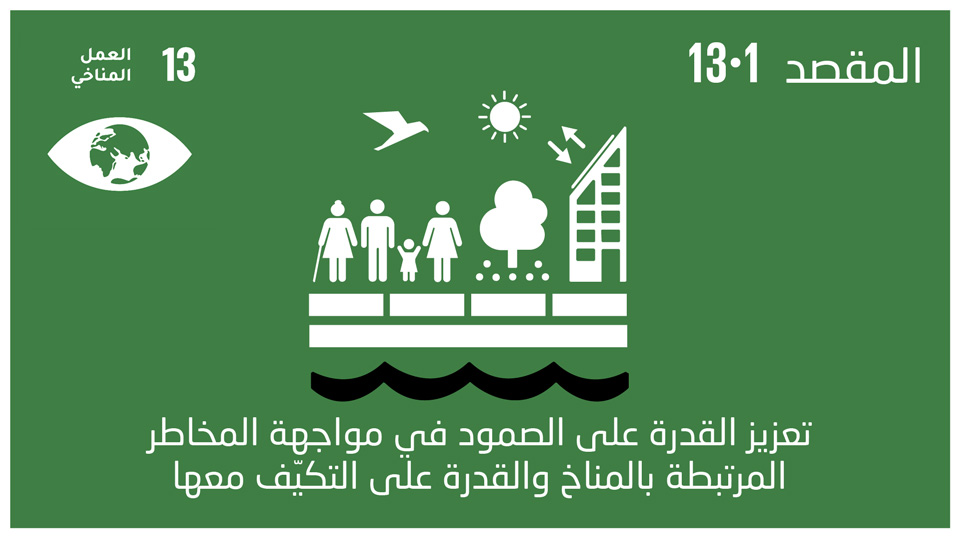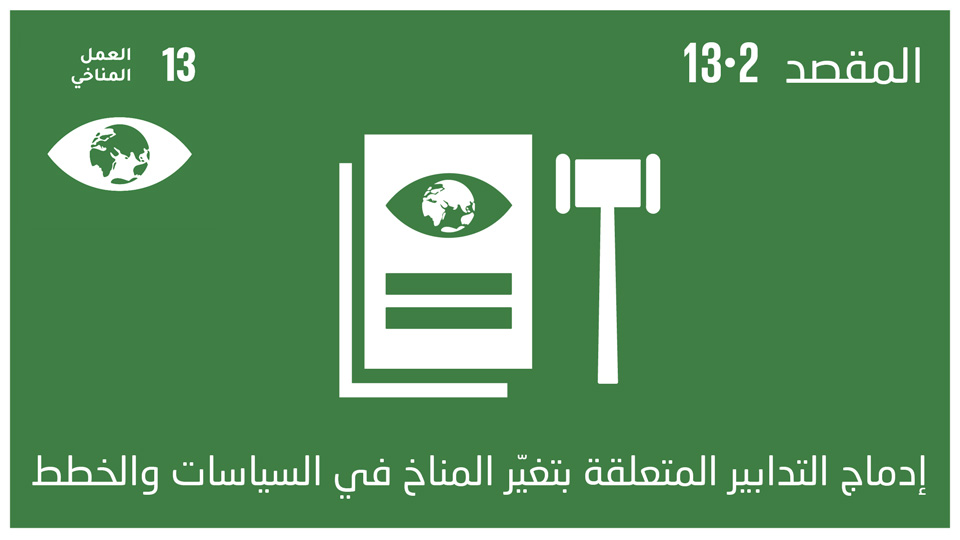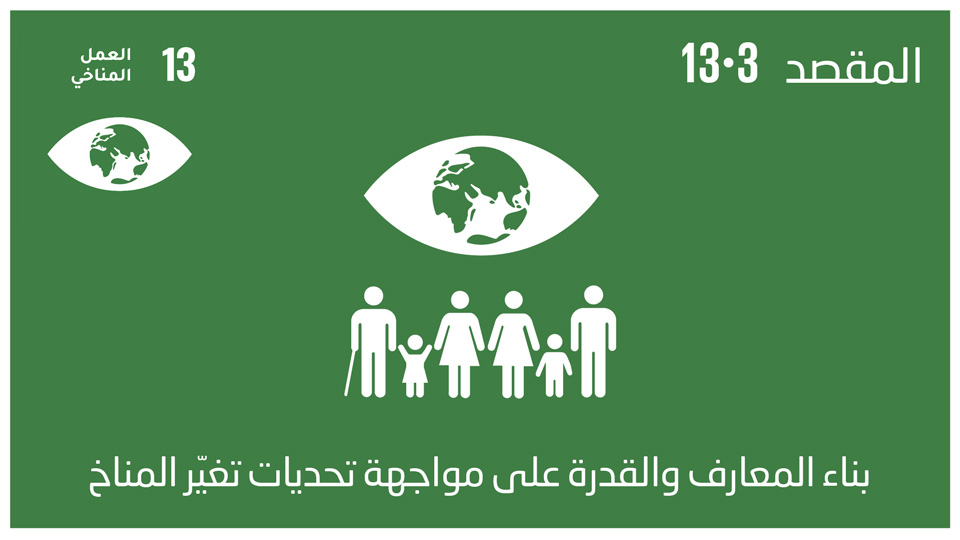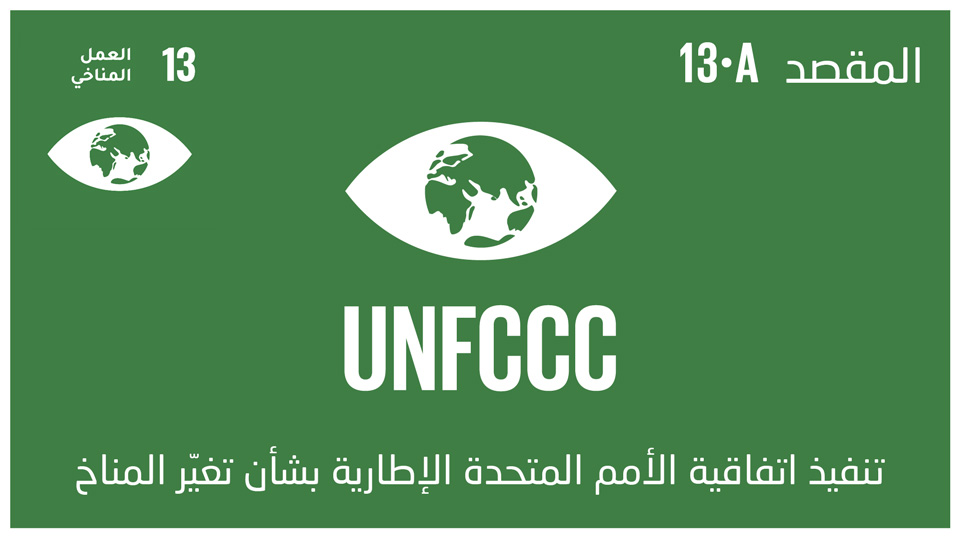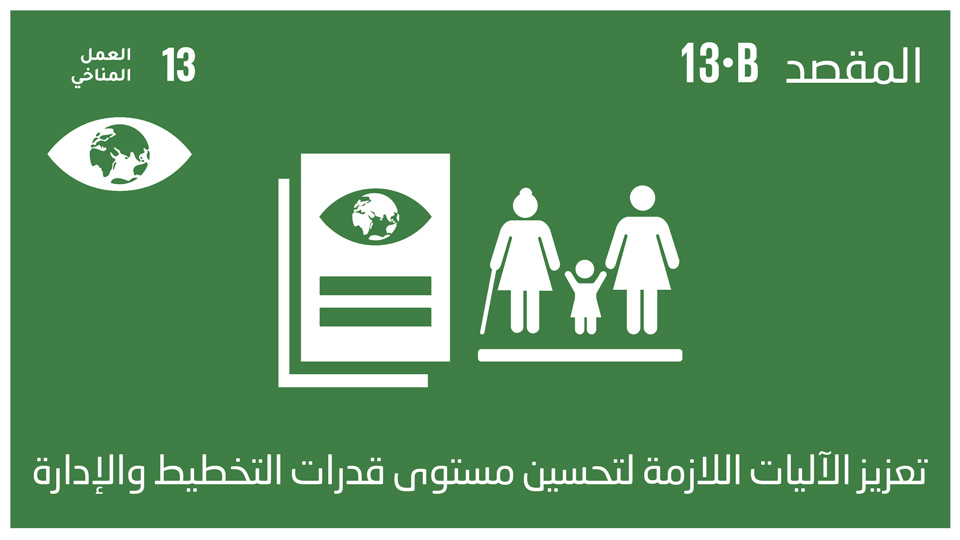The idea began when the Ministry of Environment and the National Council for Women launched a door-knocking campaign to educate women about preserving the environment. It was observed that factories disposed of leftover fabrics and leathers by burning or throwing them with the garbage. So, communication was made with garbage collectors to collect the factories’ leftover fabrics and leathers and hand them over to the association instead of throwing them in a landfill in exchange for a fee. Simple material, recycling them and making valuable products for homes, such as furnishings and decorations. Then the association began communicating with some factories and workshops and agreeing with them as suppliers for that waste instead of garbage collectors. So dealing with the factories became direct and equipping a workshop to manufacture handmade kilims, cloth bags, and other furnishings. The project contributed to the following:
- Training and qualifying girls in handicrafts
- Preserving the environment from air pollution and reducing thermal emissions resulting from burning factory waste
- The use of wooden looms does not affect the environment and does not use any type of energy except muscle energy
Then the women were trained with the Industrial Modernization Center on making handmade kilims, and there are already trained women, and their products are displayed in the governorate’s exhibitions

